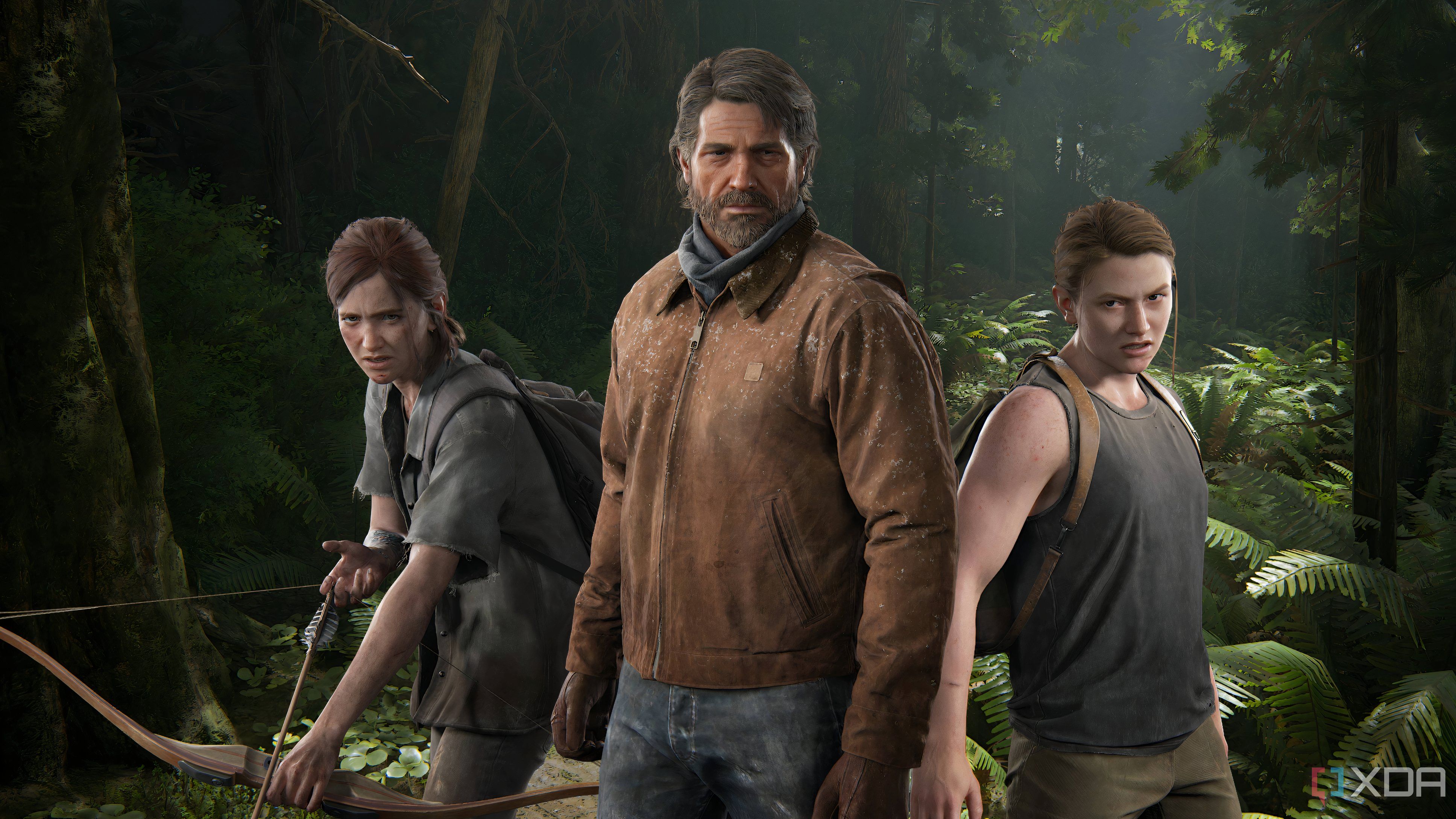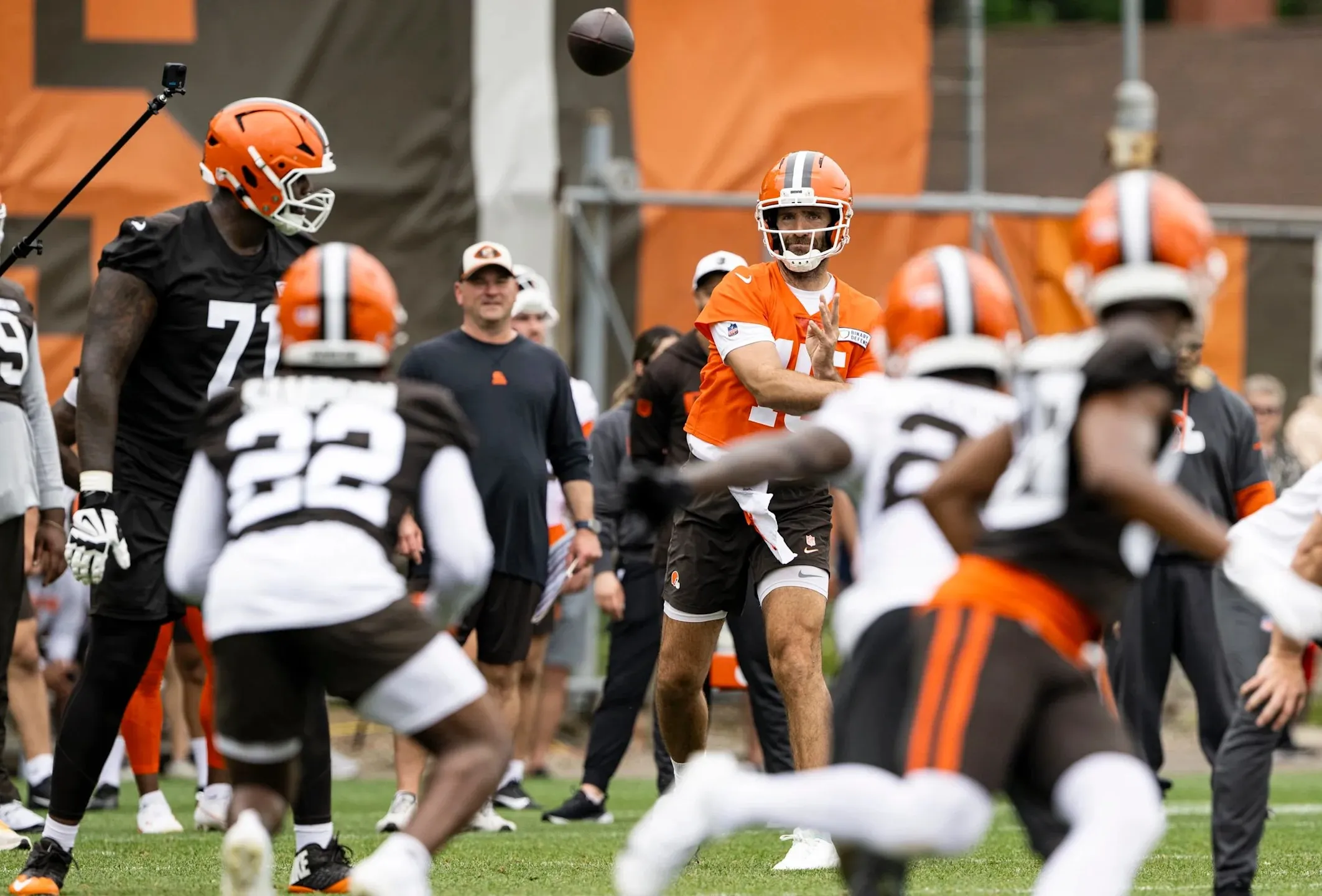Earlier last week, Naughty Dog gave out a free update to the game, called the Chronological Mode. Now, one of my biggest complaints, and something I believed could very well fix a lot of the writing's flaws, was how The Last of Us Part II put all of Ellie's three days in Seattle first, bringing things to a crescendo, before completely deflating the pace and running things back from Abby's day one in Seattle. This could've been fixed if the player took turns, playing through each day as both protagonists, one-by-one. The new Chronological Mode does that, yes, but it veers so far in the other direction, that the result, while not a mess anymore, is little more than a weekly-written game.
Heavy spoilers for The Last of Us Part I and Part II.
The Last of Us Part II's writing was impactful, but flawed
Where it excelled in delivering unforgettable gut punches, it faltered with pacing
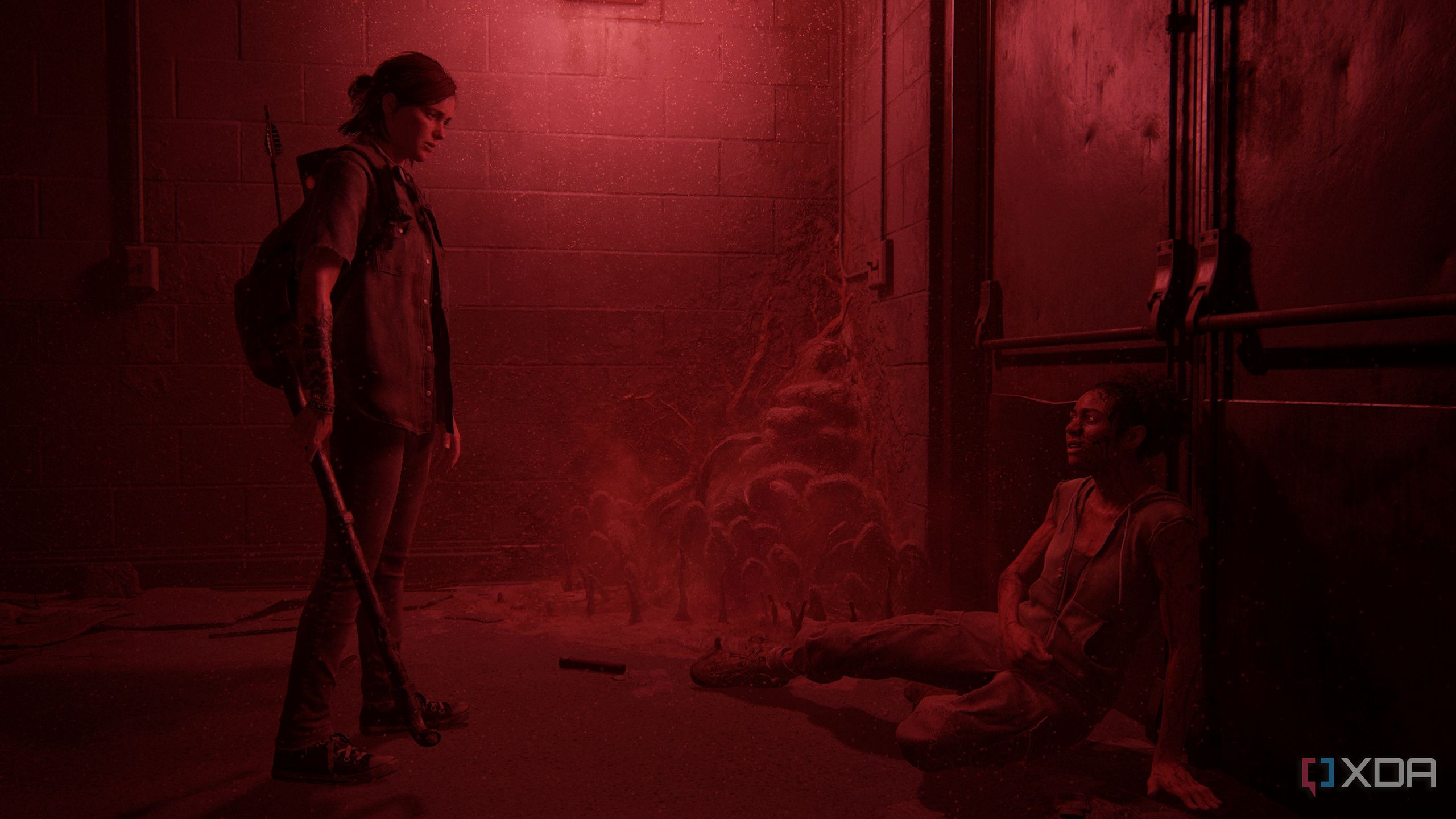
Not to beat a dead horse — or Texan — but The Last of Us Part II did suffer from weak writing. As Ellie, the player goes through several hours of the game, and three days in Seattle, along with some flashbacks of her life with Joel, before the game completely grinds to a halt, and switches perspectives midway through.
I wasn't alone in thinking that pacing the game differently could've made it significantly better. Imagine if we played Ellie's day one in Seattle, and then Abby's, before switching back to Ellie for day 2, and so on. Not only would this have helped the plot move better, but this would also have served to bring about that loss of self-identity for the player more impactfully. If I'm playing as Ellie for a couple of hours, and then as Abby for the next few, I will struggle to associate with either protagonist, and be more receptive to the idea of liking Abby, instead of just being whacked over the head with it ten hours into the game.
The Chronological Mode fixes the writing's fatal flaw, but introduces new ones
This really could've spent some more time in the oven
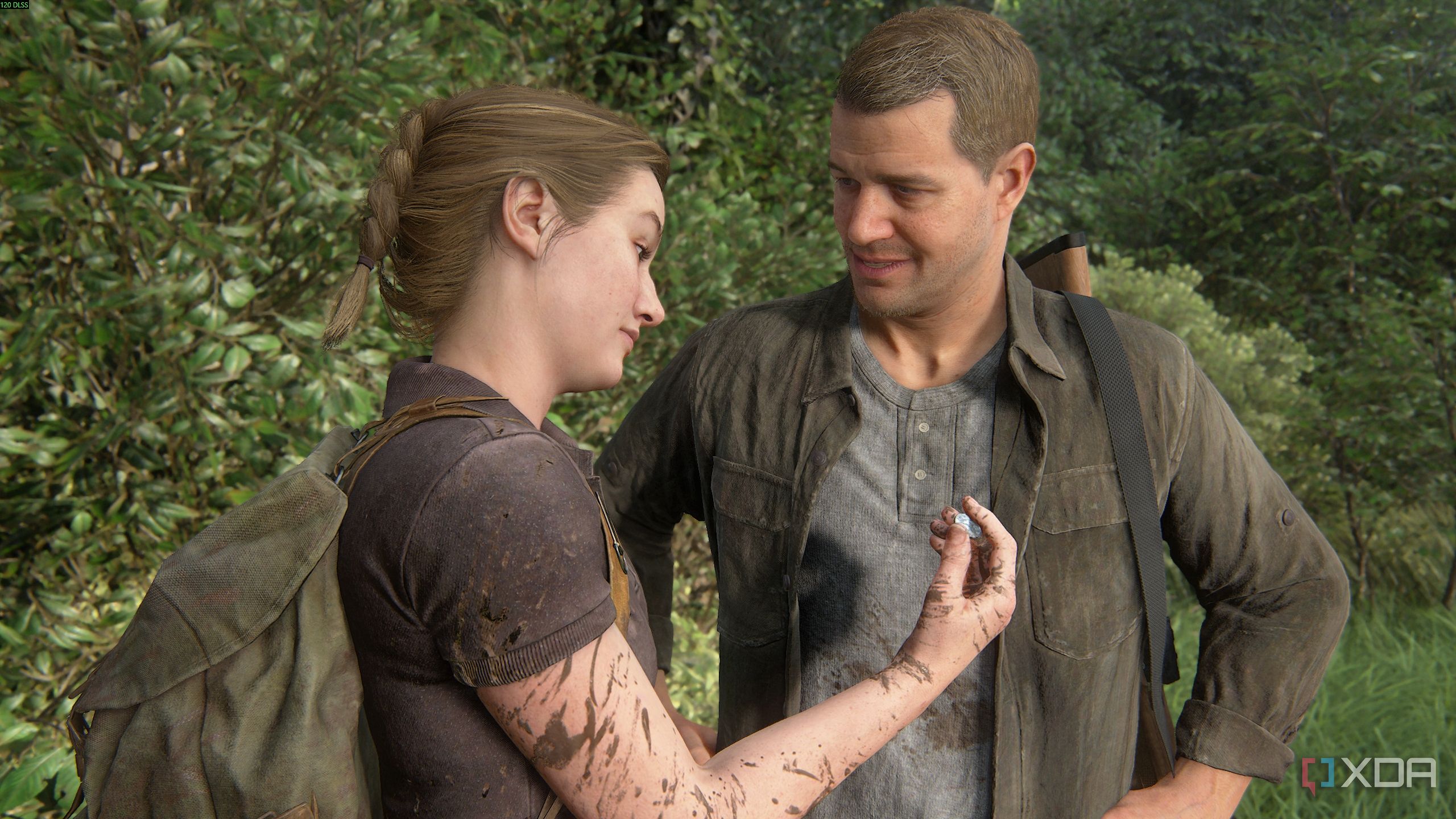
When I first heard about the Chronological Mode free update, I was nothing but pleased, thinking about how this would fix the game's major flaw and improve the pacing. I reinstalled the game, and went in blind. Right off the bat, the game does warn players that the Chronological Mode is sort of like a new game plus mode, which you shouldn't play if you're going to be experiencing the story for the first time. I couldn't agree more.
As soon as the game started, my shoulders fell in dejection. They'd done something I didn't even think they'd do — they really stuck to the 'chronology'. As such, the game now begins where the second half originally did. You start as a young Abby, tracking and helping the wounded zebra with her father. It's followed by the game's original opening with Joel confiding in Tommy about what he did at the end of the first game, gifting the guitar to Ellie. Then, the third scene in this new mode (and the first one playable as Ellie) is what is inarguably the most emotional and impactful gaming scenes this side of the century — the museum sequence, where Joel gifts Ellie a day of wonder and space travel.
Seeing Abby and her father at the beginning of the game felt right.
There's about two to three hours of setting the stage here, where we see every single flashback from both protagonists, all before the night of the dance. It gets one thing right, at least. Seeing Abby and her father at the very beginning of this game felt right. It also made his death at the hands of Joel feel more immediate, since it's the first thing we see in this sequel, without fifteen hours of Ellie's story prior to seeing Abby crying over her dad's corpse. This achieves what season 2 of HBO's The Last of Us show also gets right — letting the player (or viewer) know why Abby wants Joel dead.
Sticking to the true chronology hurts The Last of Us Part II's new game mode
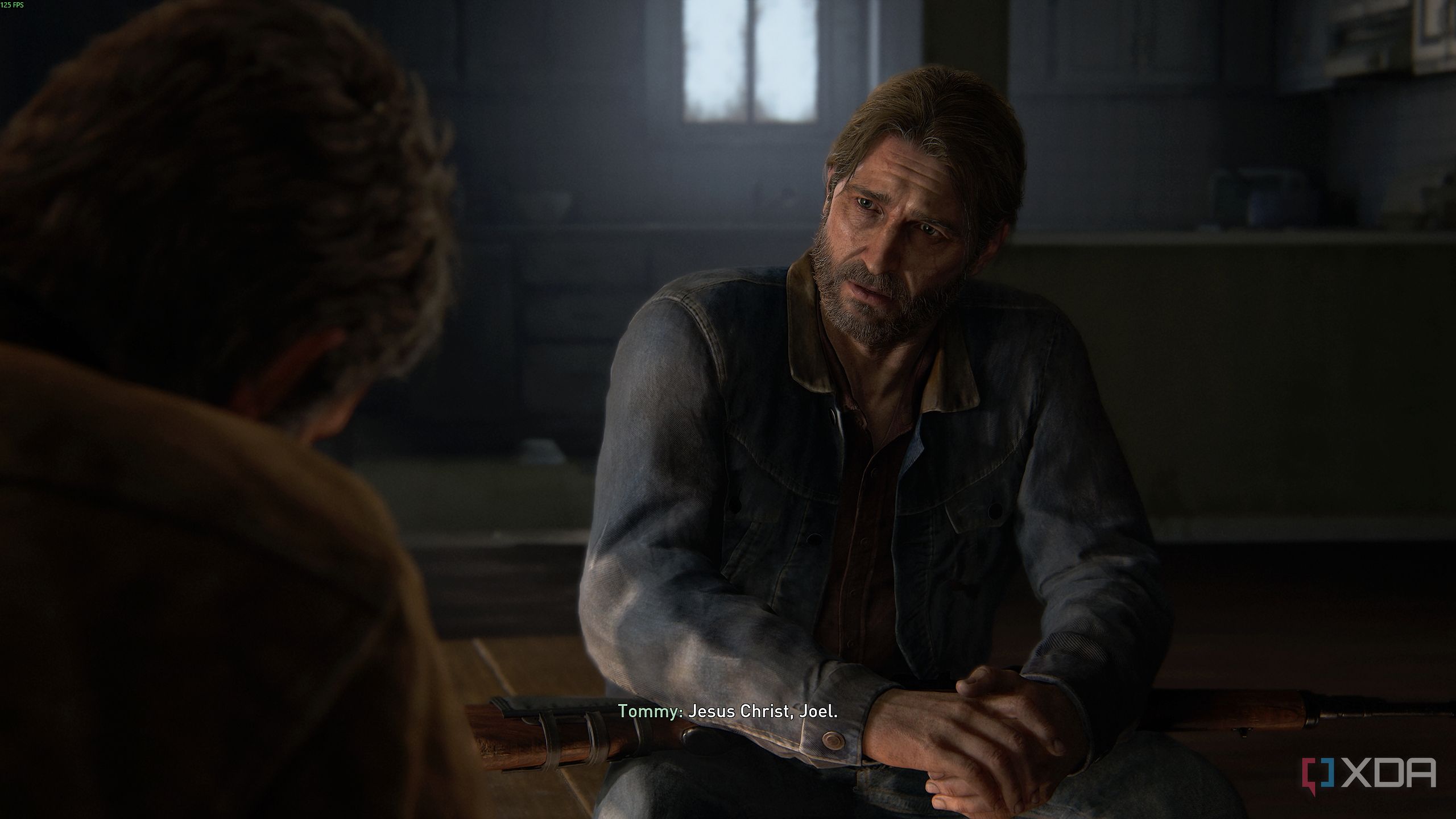
However, things only go wrong from there. The player is bombarded with all these sequences that were supposed to be flashbacks in the original game, and sure, I understand that it's technically just Naughty Dog sticking to the textbook definition of chronology. Still, why am I seeing these moments way before the actual 'game' starts, which is days one-through-three for both women? Why would it be at all impactful to see the softest moment of love between Ellie and Joel as he finds her a tape of the moon landing's audio, when the whole impact of this nostalgia-filled moment worked because Joel died in the first hour of the game, and we kept wanting to see any and all glimpses of him, just like Ellie did?
Similarly, think of the very last moment in the original version of The Last of Us Part II. Ellie remembers her conversation with Joel on his porch, where he sips coffee and doubles down on his decision to save her in the first game. This is where we find out that Ellie had indeed decided to forgive Joel and begin working to mend their relationship.
Impactful reveals feel out of place, and take away from the intent of cutscenes.
This was a final reveal where the players realized that Joel and Ellie would've improved their relationship, and the very next day, he died. As such, the years Ellie wasted being distant from him are what drove her to the unrelenting fury she chased Abby with — the guilt of not forgiving Joel sooner.
Now, imagine watching this sequence play out in the first two hours of the game, way before Ellie even goes on her patrol with Dina. It feels out of place, and while the acting performances do make sure that every cutscene remains a treat to watch, this placement takes away the intent of the cutscene, which was supposed to be the final revelation, and one last gut punch.
My intelligence feels insulted by the new game mode
Chronological Mode only makes things worse
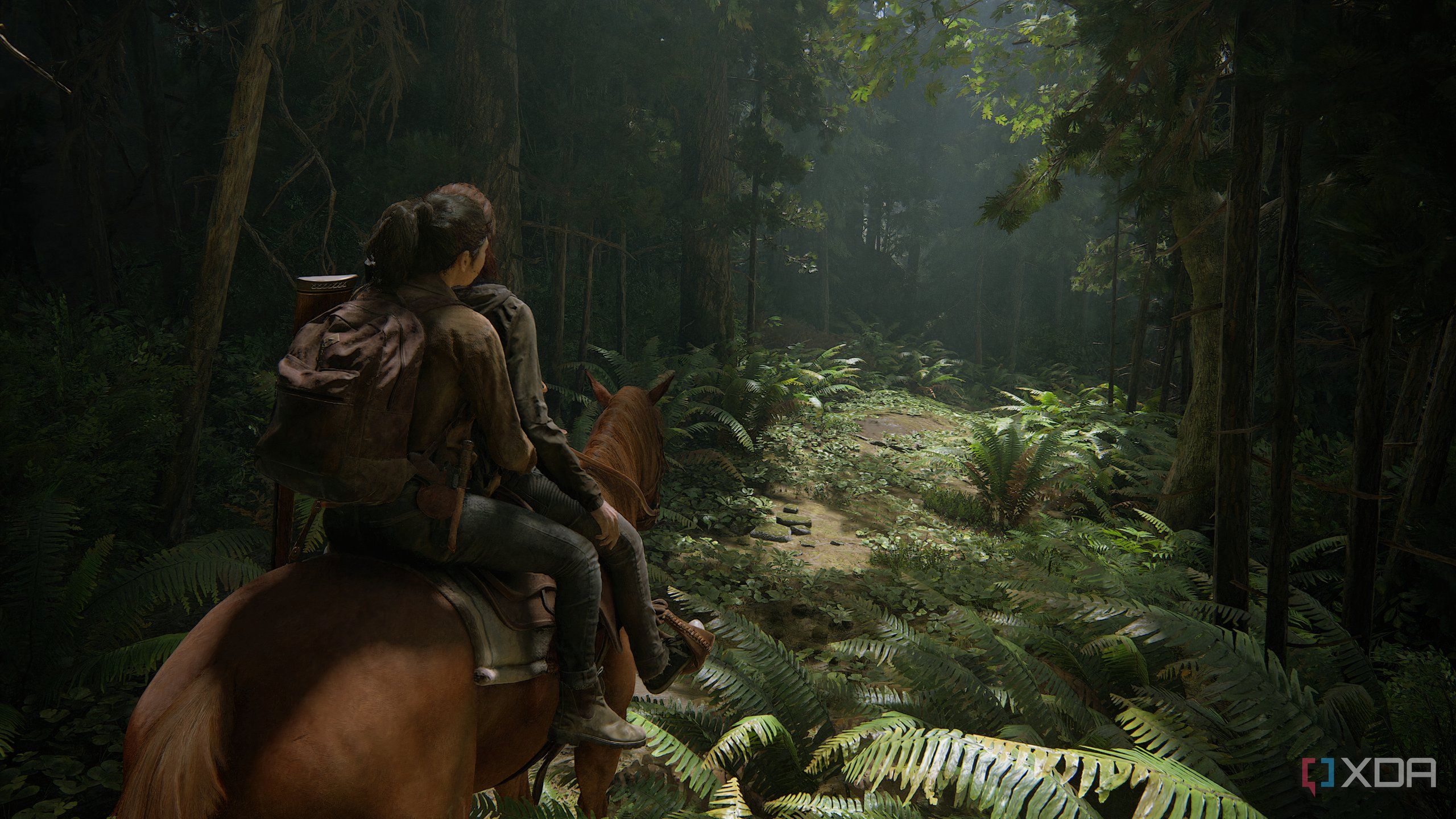
Themes of Ellie and Abby pretty much having led the same lives, which we realized through well-placed flashbacks, are now right next to each other, almost as if insulting the player's media literacy. Now, when Ellie and Abby's days in Seattle get going, it's all gas, no brakes — all action, no flashbacks, no softer moments of lamenting the loss of Joel or seeing how Abby grew up, because we're now supposed to remember those flashbacks from the start of the game, instead.
Removing narrative devices and hammering players on the head with its themes is not what the Chronological Mode should've done.
Chronology should've only worked for the actual plot events in The Last of Us Part II — Abby and Ellie in Seattle, spending three days going through all sorts of hell and ultimately realizing what they've wrought upon each other. The entire time, the flashbacks of young Ellie with Joel, or young Abby with her father, friends, or Owen, should simply have been kept where they originally were. Why couldn't the events of the flashbacks simply happen when the characters were having them?
Instead, what we're given almost feels sarcastic. "Oh, you think things would be better if we laid out the three days for both of them chronologically? Why don't we give you everything as it happened, since you have so much trouble keeping track?" This is what it felt like Naughty Dog is saying with this new attempt. Completely removing narrative devices like flashbacks and hammering players over the head with its complex themes is not what the Chronological Mode should've done. It could have been something far greater.
What the new game mode should've been instead
We could've had something amazing
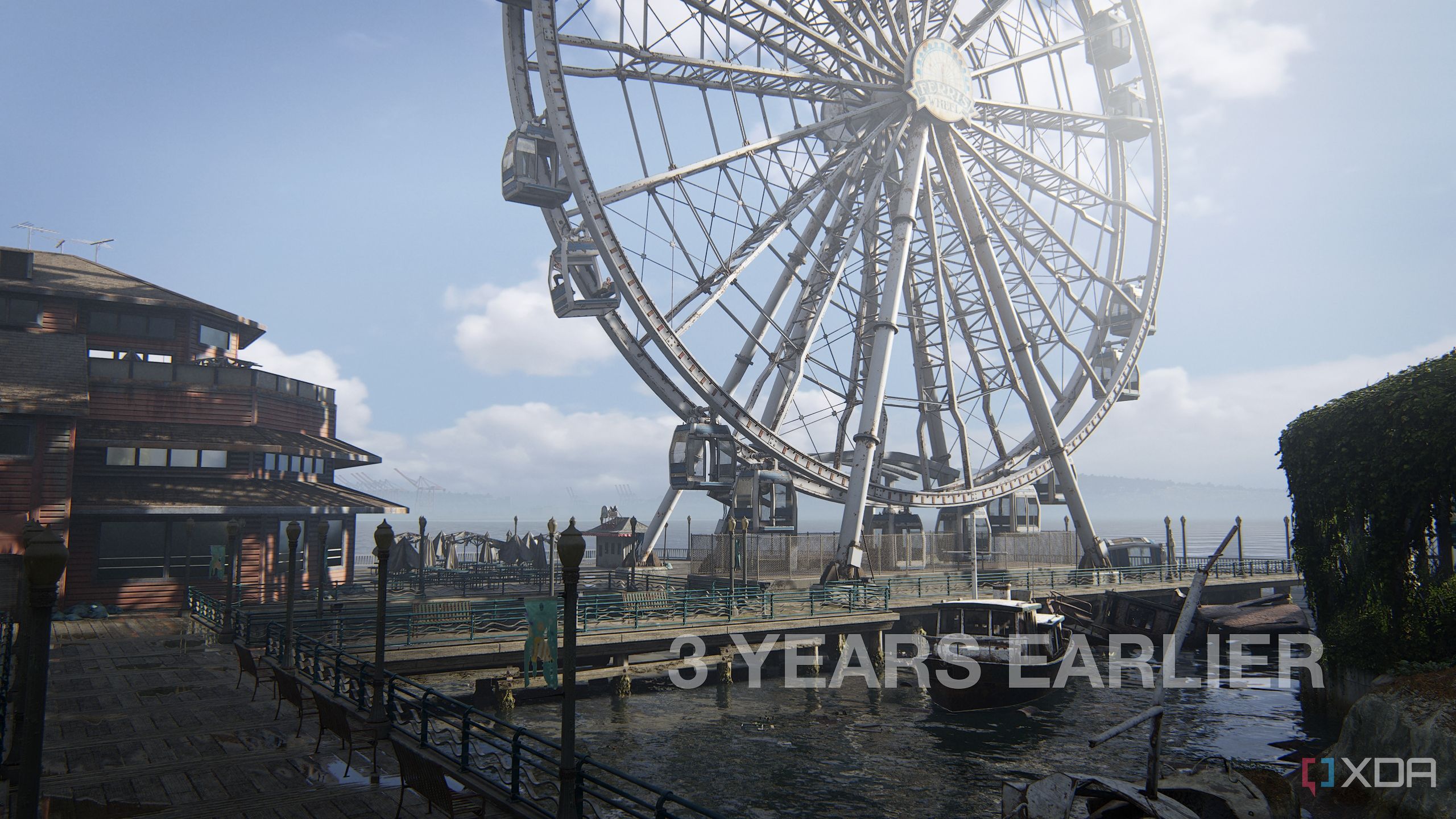
I'm not just dunking on the game for the heck of it. Heck, if anything, I'm only disappointed because five years after release, The Last of Us Part II came so close to being narratively amazing, the way it should've been from the start. Ellie's moth, tattooed on my whole arm, is only testament to how much I love this game, and thus, how much the new game mode has left me disappointed.
The Chronological Mode's wasted potential due to odd directorial choices is deeply disappointing.
This would've achieved the perfect pacing — flashbacks would happen when the characters were having them, reminiscing about memories, people, and the lives they lost. The emotional impact of seeing Joel again, through these flashbacks, would've been even better, because we, like Ellie, missed him and wanted more time with him.
Lastly, the loss of self-identity that the game wanted to effect would've happened more organically, and players would have been far less hesitant to play as Abby. So close... if the Chronological Mode had been directed differently, it could have added so much more to this game. Its wasted potential thanks to odd directorial choices is deeply disappointing.
